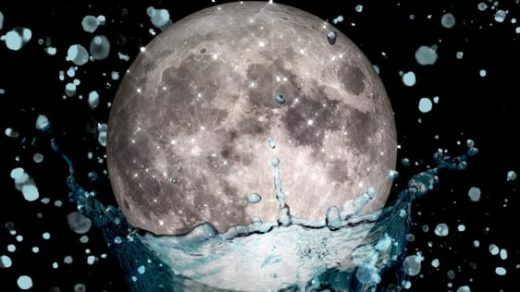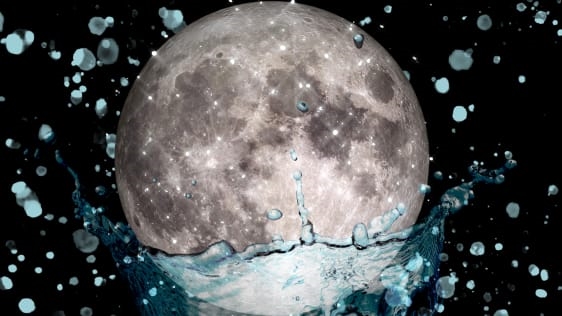Scientists find proper H20 on the moon, ahead of a planned 2024 landing
Scientists were able to spot water on the moon for the first time.
Although an earlier lunar exploration failed to reveal water, a modified Boeing 747SP airplane called SOFIA (Stratospheric Observatory for Infrared Astronomy) flying at up to 45,000 feet and carrying a 106-inch-diameter telescope was able to detect water molecules with its infrared camera.
The fact that it was found on the sunny side of the moon presents an interesting new opportunity for scientists who are working on sending the first female astronaut (and another male astronaut) there in 2024.
“Prior to the SOFIA observations, we knew there was some kind of hydration,” said Casey Honniball, the lead author, who published the results from her graduate thesis work at the University of Hawaii at Manoa in Honolulu. “But we didn’t know how much, if any, was actually water molecules—like we drink every day—or something more like drain cleaner.”
This is a critical discovery, as NASA’s Artemis program is tasked with establishing “a sustainable human presence [on the Moon] by the end of the decade.”
(13)



